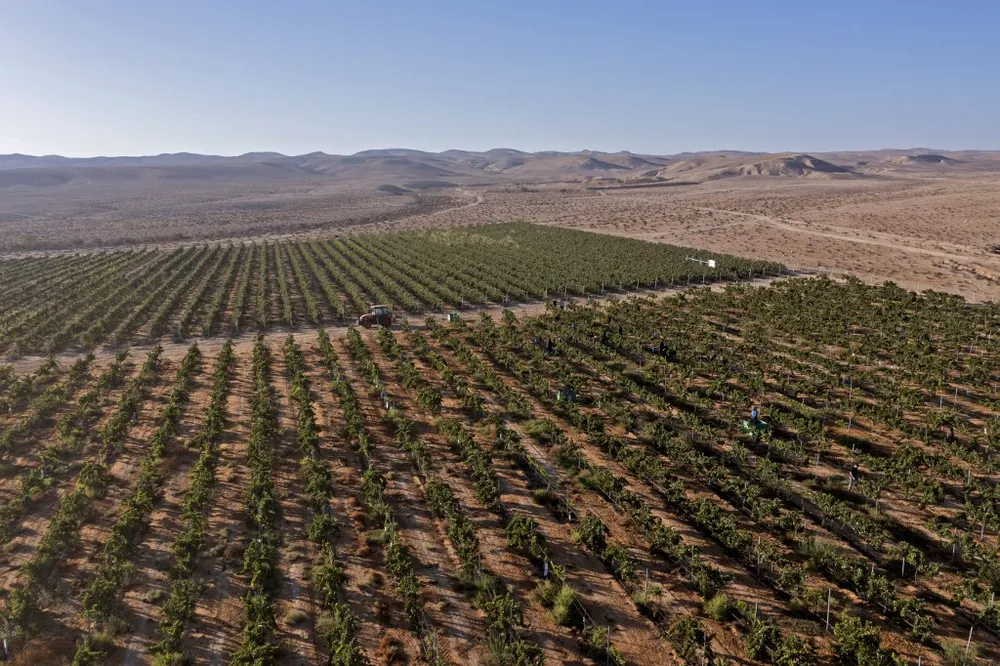
A Budding Wine Boom in the Negev
A Budding Wine Boom in the Negev
July 8, 2013
Smart Planet — Today, there are more than 250 wineries in Israel producing 36 million bottles of table wine each year. Twelve percent is exported to other countries, mainly to the United States.
The Negev region only accounts for five percent of total vineyard plantings in Israel, but it is a vast area of untapped land that many Israelis wish to cultivate.
Despite it being a desert, the land of the Negev region is able to absorb water surprisingly easily.
Methods to harness that water to grow crops were first developed in the Byzantine era in the 4th century.
Terraces were built into the land to direct water toward the crops.
“As much as 30 percent more runoff was produced through this method,” says Prof. Hendrink Bruins of the Swiss Institute for Dryland environment Researchal and Energy Research at the Jacob Blaustein Institutes for Desert Research (BIDR).
The technique can be used for more efficient and successful wine production.
Another technique Negev farmers are using to water grapes to produce wine is desalinated water – seawater stripped of its salt – in drip irrigation systems.
However the expense of water desalination has caused local winemakers to turn to using brackish water, found more than 2,200 feet below the ground’s surface, to water their grapes.
“Drought conditions and using water with a high concentration of salt and low level of oxygen impact the final product, lowering yields and producing a sweeter wine with more sugar,” says Prof. Pedro Berliner, BIDR’s director.
Prof. Berliner is also helping creative local farmers use an intercropping method to maximize the land and crop yields. For example, a grain crop could be planted in between the rows of grapes in vineyards throughout the Negev.
Read more by writer Charlie Osbourne on the SmartPlanet website >>




